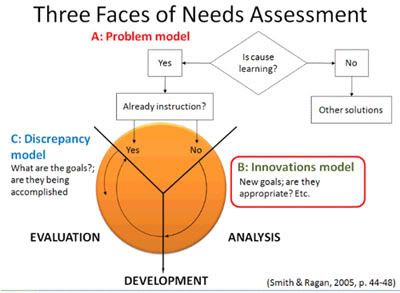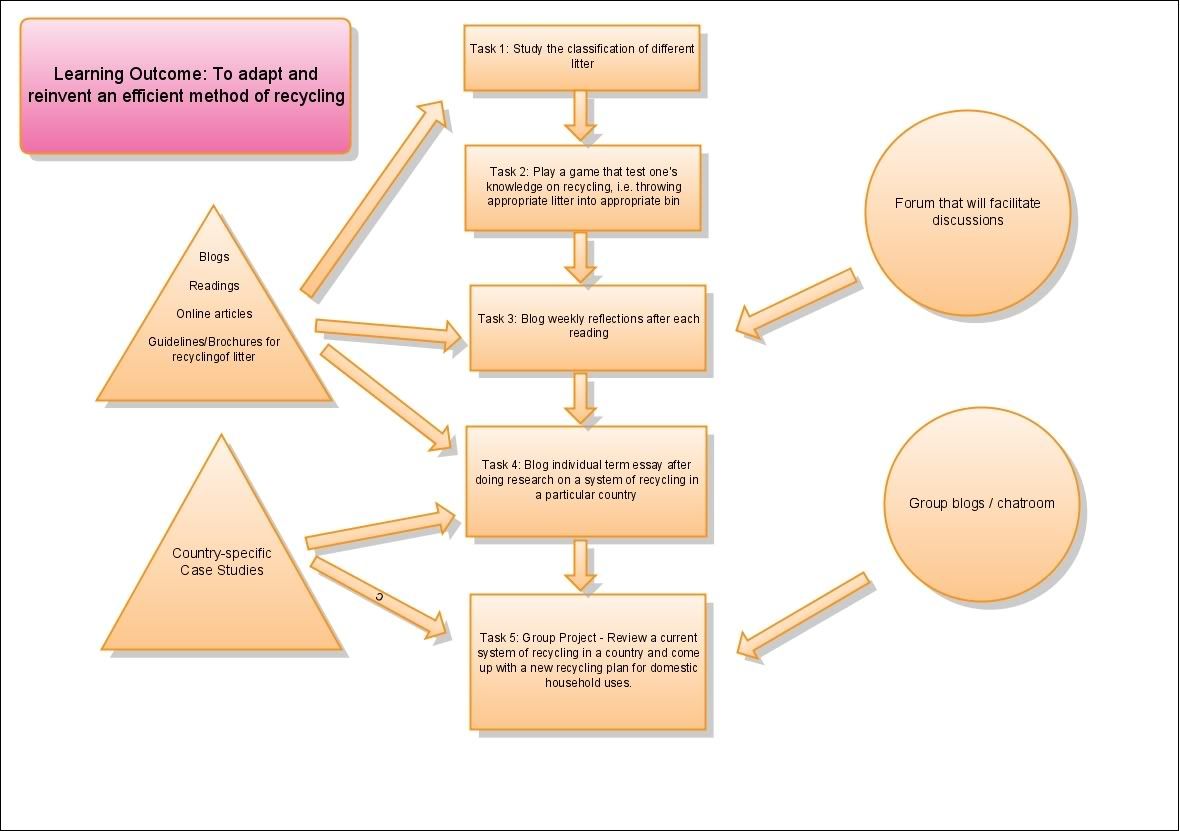Behaviorism works on the principle of stimulus-response theory, whereby rewards and punishment act as the stimuli, and the triggering of certain behavior to be a form of response. In behaviorism, learners are considered to be passive and lacking in free will. The assumption lies in that humans are selfish and instrumental, causing their behavior to be conditioned and shaped by external factors. Learners respond in the best way so as to receive maxium benefits and minimum punishment from the environment. In behaviorism, the learner undergoes a form of experience that tells him or her what works best, but this experience ignores the learner's thought processes and is thus a passive process.
Even though scholars in recent decades have stopped focusing on behaviorism as a plausible theory, I feel that it is definitely applicable in any era because it is in innate human nature to do what brings us the most rewards and least harm. In 21st century, behaviorism has been undermined and downplayed because it is not aligned with the goal of introducing 21st Century skills that requires active thinking (such as innovation) on the part of the learners. However, I feel that behaviorism cannot be completely wiped off from the surface of the Earth. It will always be a part of human's survival instinct.
In its application, I think the most suitable ones would be in rule-using problems and algorithmic problems (as shown in the voting results too). These problems can be related to our solving of mathematical sums (algebra etc) which requires calculation and knowledge of formula. If one do not apply the correct formula, one will not be able to solve a problem. Learning is straightforward and simplistic.
In addition, I think that behaviorism will work best in an educational context where the learners do not have the mental capacity to discern right from wrong. Physical stimulus is thus a direct method of educating these learners through behavior conditioning (i.e., children and the mentally handicapped, and may I say, even animals trained by animal-trainers).
***
If behaviorism is based upon stimulus-response theory, then cognitivism examines the thought processes that go on in our minds before exhibiting certain types of behavior. Cognitivism deals with the learner's mental perception, and studies how this mental perception influences the learner's actions. The assumption made here is that learners are naturally inquisitive and actively seek to construct meaning from their experiences and instructions received from different sources. In this approach, the best way of learning is to allow the learner to explore freely and employ his maximum mental capabilities.
In application, I think that cognitivism is definitely useful in the areas of trouble-shooting, diagnosis-solution, and puzzle problem. In these three areas, the learner is required to actively seek out a solution by thinking and building on past knowledge and experiences. Of course, these past experiences might be resultant products from trial-and-error (subtlely linked to behaviorism), but there is without doubt that mental cognition is taking place in the brain in deciding which solution would work best. In these problems, the answer is less straightforward, and there may be many potential solutions. The cognitivism approach is definitely relevant in unreveling a most suitable solution amongst many complex ones.
I feel that cognitivism will achieve optimal results for learners who are self-directed and driven. Such learners will actively hunt for more knowledge in order to construct more meaning to life in addition to their past experiences. To some extent, it might also be necessary for the learners to be intellectual enough to think about and consider issues. If the learner is unable to build on previously accumulated knowledge or experiences, then he or she will only be able to stick to a more simplistic way of learning (i.e. behaviorism). Cognitivisim is no doubt a relevant concept in the 21st century, because the challenges facing the world right now need creative solutions that are well thought out. Think tank is an example of an organisation that will require a cognitive approach to most of its discussions and researches.
***
Socioculturalism takes the unit of analysis beyond the individual learner (as compared to behaviorism and cognitivism) and focus on an entire system of things that may interact with the learner. The emphasis here in on the external environment and how the learner interacts with the environment using tools. These tools are used to supplement mental capabilities and allow various learners to work across a system in order to develop collective knowledge. From there, this form of cooperation will help constitute a learning experience that will contribute to the learner's own view of the world.
In the 21st century, I think socioculturalism is the most relevant approach out of the three theories. The world is becoming smaller in the sense that technology advances have removed many physical barriers between communication among people. The tendency is that individuals will be increasingly placed in intercultural settings where interpersonal/collaboration skills will come in handy. Thus, the emphasis is on the entire system of communication processes.
Advances in technology also give birth to better tools and devices that will increase the effectiveness of learning that takes place through a socioculturalism approach. Rather than just focusing on mental representation (cognitivism) or physical regulation (behaviorism), socioculturalism takes a flexible approach to all of these in a social context.
Socioculturalism is most effective is solving issue-based problems, because an issue usually involves different external and internal factors affecting it. A socioculturalism approach will ensure broad coverage and also make sure that none of these factors are left out. An issue also usually impacts more people in a larger context, and thus, may require the participation of more than one entity in the learning process or discussion. This means that collaborative learning under socioculturalism will inevitably take place.
***
Commented On:
http://ameblo.jp/hitomiatnus/


